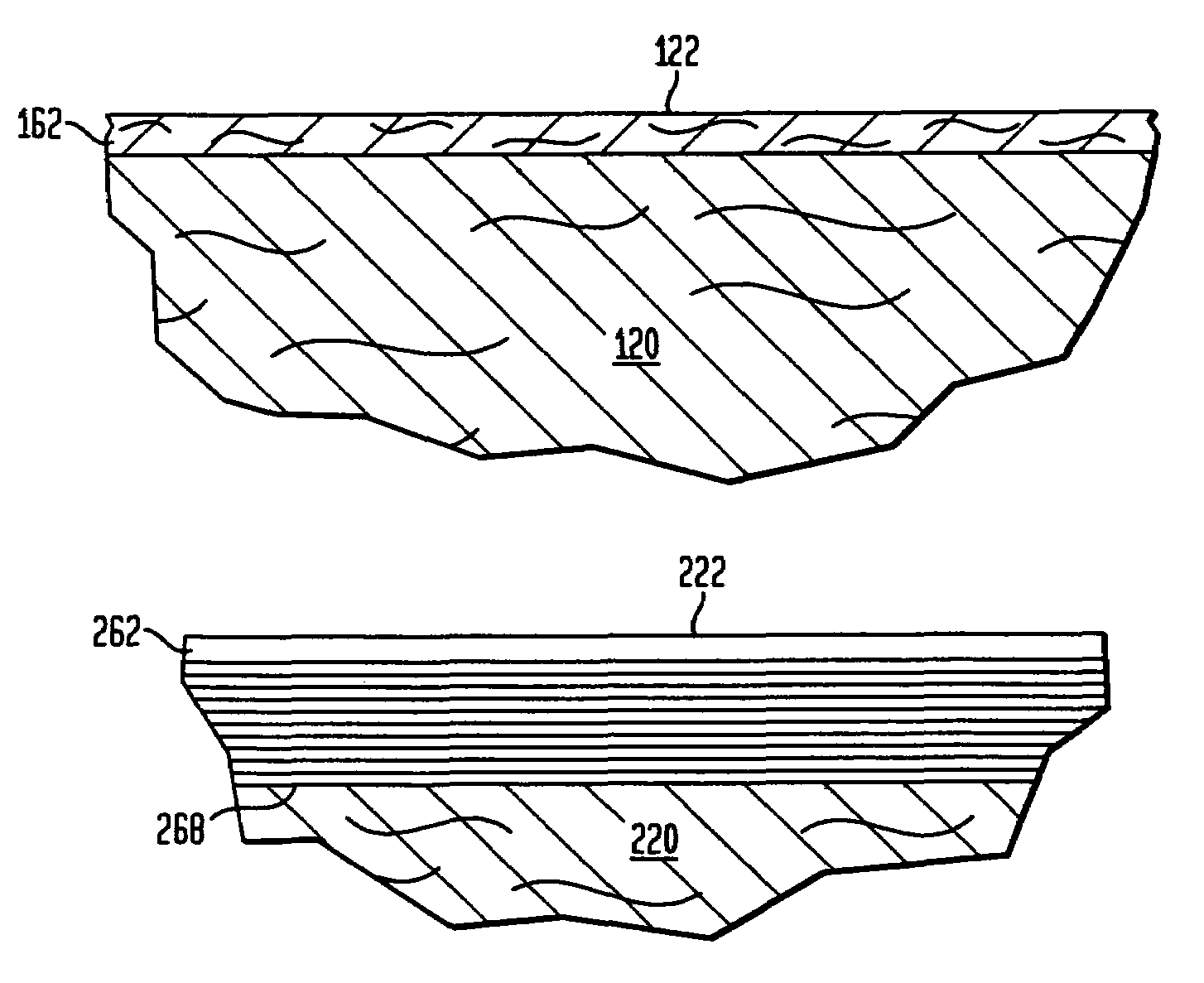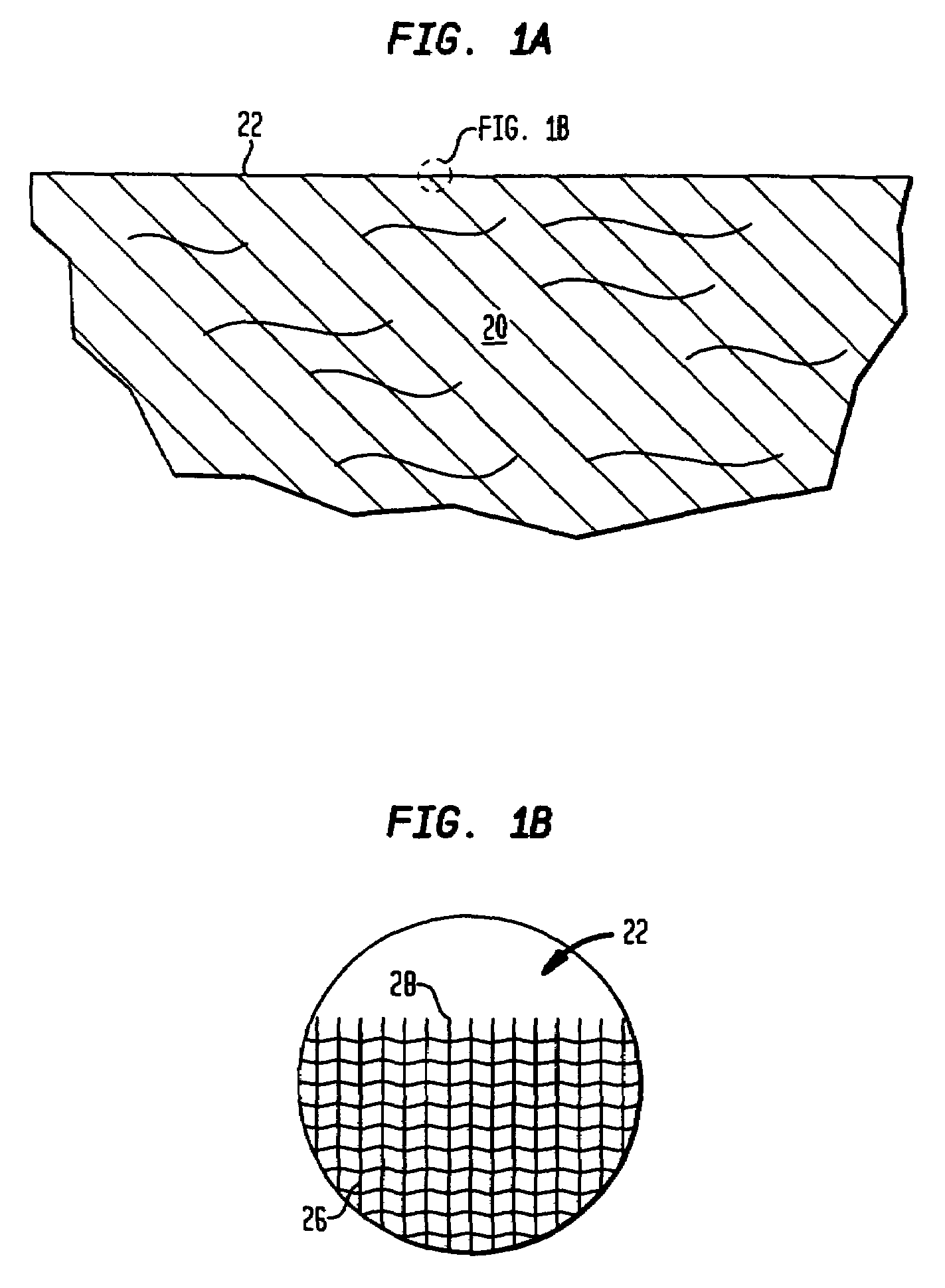Undergarments having finished edges and methods therefor
a technology of finished edges and garments, applied in the field of manufacturing garments, can solve the problems of low material yield, exposed outer edges, fraying or tearing fabric, etc., and achieve the effect of improving material yield
- Summary
- Abstract
- Description
- Claims
- Application Information
AI Technical Summary
Benefits of technology
Problems solved by technology
Method used
Image
Examples
Embodiment Construction
[0056]Referring to FIG. 5, in accordance with certain preferred embodiments of the present invention, a spread 120 has a length designated L and a width designated W. In the particular example shown in FIG. 4, the spread has a length L of 117.56 inches and a width W of 73.50 inches. A pattern is used to define a series of pattern pieces 138A-138L. An automatic cutting machine or hand-cutting tool may be used to cut the pattern pieces 138A-138L. Because the spread 120 has no finished edge, such as a knitted-in edge, the cut pattern pieces may include those cut from the spread at a location away from an edge of the spread. As a result, a greater percentage of the spread may be used to make cut pattern pieces, which will improve the material yield of the spread. In the particular spread 120 shown in FIG. 5, the material yield of the spread is 86.70% because the cut pattern pieces 138A-138L utilize 86.70% of the spread 120, with 13.3% of the spread being unusable waste material. The 86....
PUM
| Property | Measurement | Unit |
|---|---|---|
| width | aaaaa | aaaaa |
| length | aaaaa | aaaaa |
| width | aaaaa | aaaaa |
Abstract
Description
Claims
Application Information
 Login to View More
Login to View More - R&D
- Intellectual Property
- Life Sciences
- Materials
- Tech Scout
- Unparalleled Data Quality
- Higher Quality Content
- 60% Fewer Hallucinations
Browse by: Latest US Patents, China's latest patents, Technical Efficacy Thesaurus, Application Domain, Technology Topic, Popular Technical Reports.
© 2025 PatSnap. All rights reserved.Legal|Privacy policy|Modern Slavery Act Transparency Statement|Sitemap|About US| Contact US: help@patsnap.com



